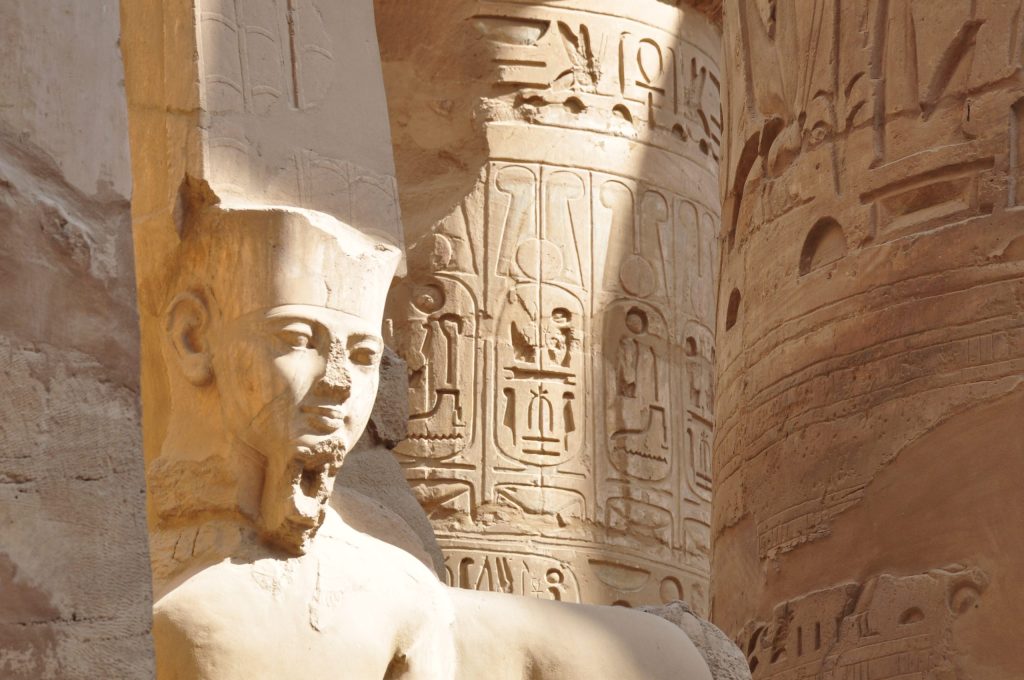What Major City Lies on The Nile River?
1What Major City Lies on The Nile River Every Tourist Should Visit
The Nile River is known as the lifeline of Egypt and has major cities in Egypt that lie along the Nile; for thousands of years, along this great river, civilizations have subsisted. The river goes through the country and gives birth to some of the major cities in Egypt, where ancient and modern fuse into each other. So the question that comes to mind for each one is to visit Egypt and enjoy the scenery of the Nile River.
What Major City Lies on The Nile River? Of these, one city has always been a generic place every traveler must see to fancy Egypt through various means of expression: art and culture are ever so enticing. Along the Nile, the city is the commercial-administrative capital of Egypt as well as a sprawling open-air museum with its grand temples, monuments, and historical tales. Archaeological wonders, bustling bazaars, and charming river views, that’s what the city stands for: a journey back into Egypt’s fertile past as well as its ever-active present today!
Let’s get straight to the point. Three main cities lie along the Nile. Moreover, they are considered the biggest cities.
1. Cairo – The Capital on the Nile
Undoubtedly, being stretched by the Nile, Cairo is the political, cultural, and economic capital of the country. Thus, the city thrives on its unique situation on the banks of the Nile, an ancient riverine route that for countless suns has harbored life, as well as stories. It is the primary source of water, yet at the same time, for Cairo to grow as a major trading hub and cultural congregation.
Cairo has numerous offerings to provide its visitors in terms of Nile inspiration and views. Along the Corniche adjoining the Nile are gardens, hotels, and restaurants perfect for an evening walk. Besides, the city’s bridges take folks across the river into vibrant neighborhoods. By that, tourists can offer a ride on the felucca or even dinners on the luxury cruise, watching the skyline of the city lit against the river.
Historically, the Nile has been a lifeline for Cairo, for transportation and trade, as commercial goods plied their way upstream and downstream, while farming began on the fertile lands adjoining the river. And so, while so many activities flow downstream along the Nile, from commercial boats and the river trade festivals held annually, the city sparkles as a tradition amidst human activities. For a tourist, Cairo, with its cocktail of old-world heritage and contemporary Nile-side living, springs up as the one city truly representing the spirit of Egypt.
2. Luxor – Ancient Thebes on the Nile
Thebes flourished in Egypt during the days of the New Kingdom and was its capital city. It is referred to as ‘the greatest open-air museum of the world,’ because temples, statues, and monuments at nearly every turning whisper the names of Ancient Egypt’s prosperous times. Then comes the river to finish off Luxor by enabling transport between the huge temples and burial sites on either side.
Church and sovereign power will never die along the East Bank since the world-renowned Temple of Karnak and Temple of Luxor stand as its centers. Toward the shore on the West Bank of the Nile are valleys of kings and queens where the final resting place of King Tutankhamun lies. If not for the river, these sacred sites would have ceased to exist, for it was on these waters that materials were ferried to the construction sites and offerings to the structures were made. The fertile lands of the Nile sustained the city.
Today, with the Nile as the heart, Luxor stands as an ancient city merging into the contemporary. A felucca ride, an excursion along the riverbank, or a multi-day Nile cruise will allow travelers to soak in the very waters that would have borne the ashes of pharaohs, priests, and merchants some thousand years ago.
3. Aswan – The Southern Gateway of the Nile
Historically, Aswan was considered the Egyptian door to the South, situated by the First Cataract of the Nile. In older times, it functioned as a strategic frontier city and a granite quarrying site since giant obelisks and statues had to be carved from very hard granite in such deposits and then floated down the Nile to beautify temples and monuments in other parts of Egypt. This strategic location served as a defense outpost along with a trading spot between Egypt and Nubia.
Today, the Nile is the identity and charm of Aswan. Standing on the Nile shore is the Temple of Philae, dedicated to Isis and Elephantine Island, full of archaeological remains. Powerfully created is the Aswan High Dam, where an engineering giant of his time tamed the Nile to provide inundation control and electricity to millions of Egyptians.
River culture also nurtures Nubian culture next door under the majestic monuments, where bright houses dot the banks of the river. The Nile helps with all of their agriculture, fishing, culture, and festivities.
Tranquil Aswan and mellow felucca sailing along with friendly Nubian hospitality draw all Nature and Culture lovers to the land.




